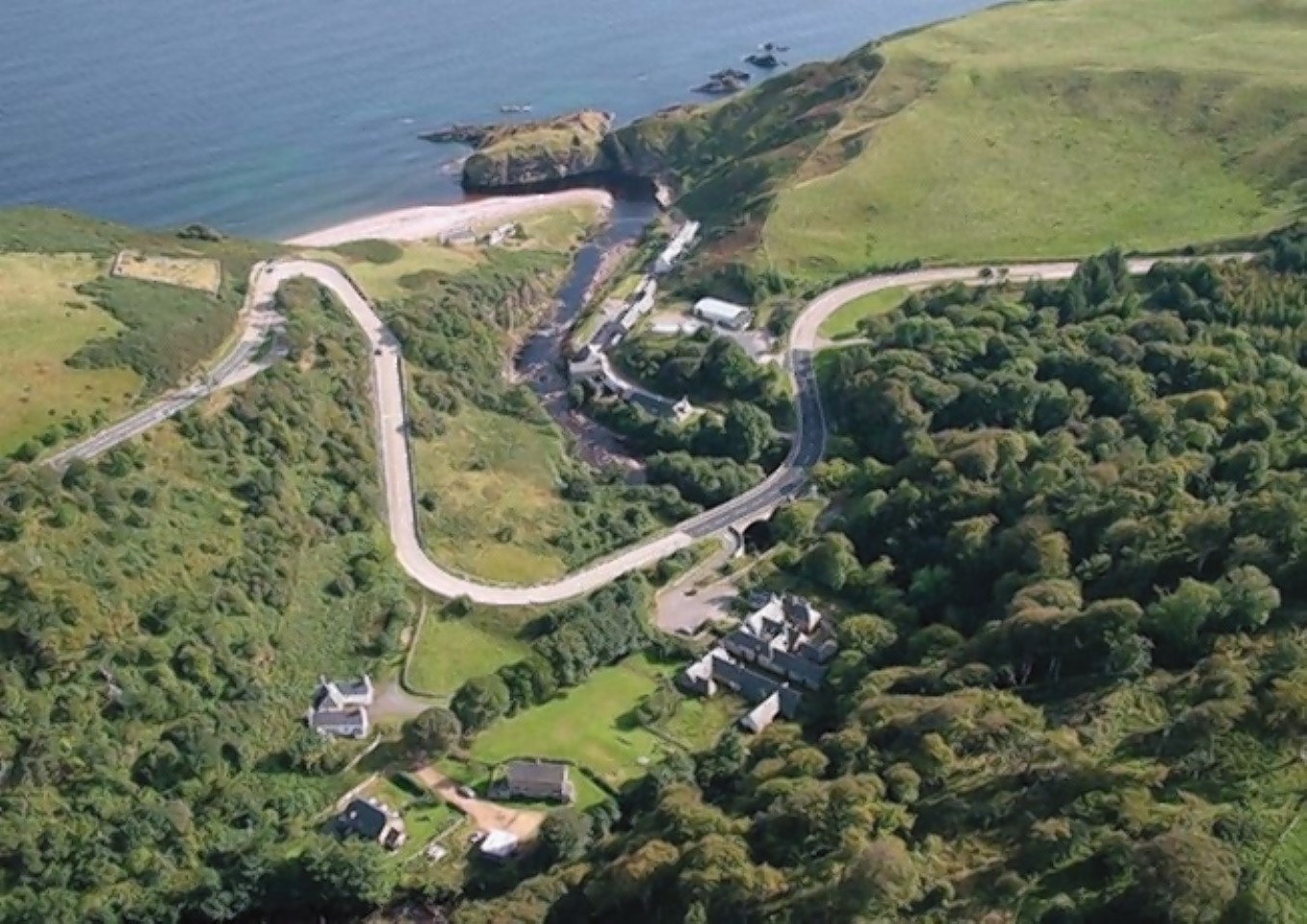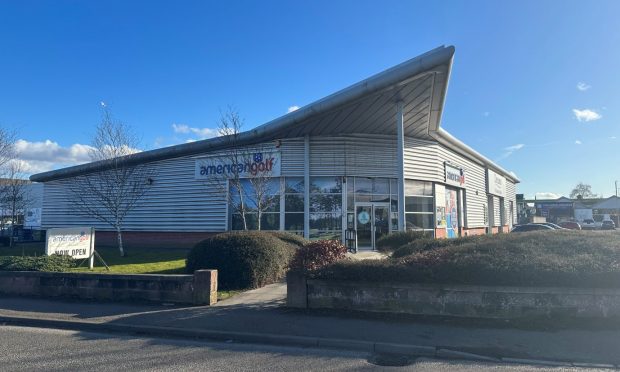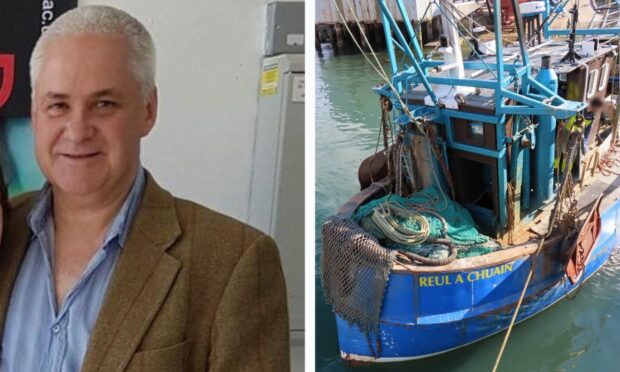Transport Scotland engineers have told a public inquiry a “significant public safety risk” would arise if a sole objector gets his way amid plans to improve a notorious hairpin on the A9.
The Scottish Government is proposing a £2.5million improvement scheme for the hard-to-negotiate Berriedale Braes, where the A9 drops 429ft as it enters a steep-sided valley and drivers have to contend with 13% gradients.
But local couple Tom and Wilhelmina Johnston are maintaining their opposition to Compulsory Purchase Orders which are needed to ensure the land is in the government’s ownership.
They own “The Haven”, a house on the shore at Berriedale, which takes access from a private road which joins the trunk road close to the bend. The only other access to their home is via a footbridge, and Inverness-based Mr Johnston said previously that this would mean being unable to access it with heavy goods.
And yesterday, during the first day of the inquiry in Helmsdale, engineers working on behalf of the roads authority gave their evidence for why vehicle access should not be allowed on this track.
Andrew Anderson, design stage project manager, said that the access road has a gradient of 42% where it joins the A9, and that the track’s surface is in poor condition and that visibility when exiting the junction is restricted due to a retaining wall around the outside of the hairpin.
He added: “It’s my view as a chartered engineer that allowing access to the track is a serious risk to public safety.
“Our position is that we do not believe there is a vehicle right of access and that it’s not capable or safe to take vehicles down the track. We also do not believe that the deeds of the property specifically state a vehicle has right of access.”
Mr Anderson added that, under the powers of the Roads Scotland Act, a “reasonable and acceptable alternative access road” from the A9 would be provided along a private road and the footbridge.
The scheme’s project director, David Webster, also said: “I believe this access poses a significant safety risk to the trunk road users and users of the track itself.”
Yesterday Mr Johnston, who is representing himself at the inquiry, cross-examined Mr Anderson on the sequence of his decision-making at the design stage of the scheme.
He claimed that Mr Anderson failed to adequately consider details of three conversations he had with the local estate manager, who suggested the access road could be maintained, ahead of a road safety audit in August 2014.
Mr Anderson said in response that it was “simply not possible” to meet everyone’s expectations and that the significance of the scheme outweighed these requests.
The case is being considered by Scottish Government reporter Frances McChlery and will continue today in Helmsdale Community Centre.










